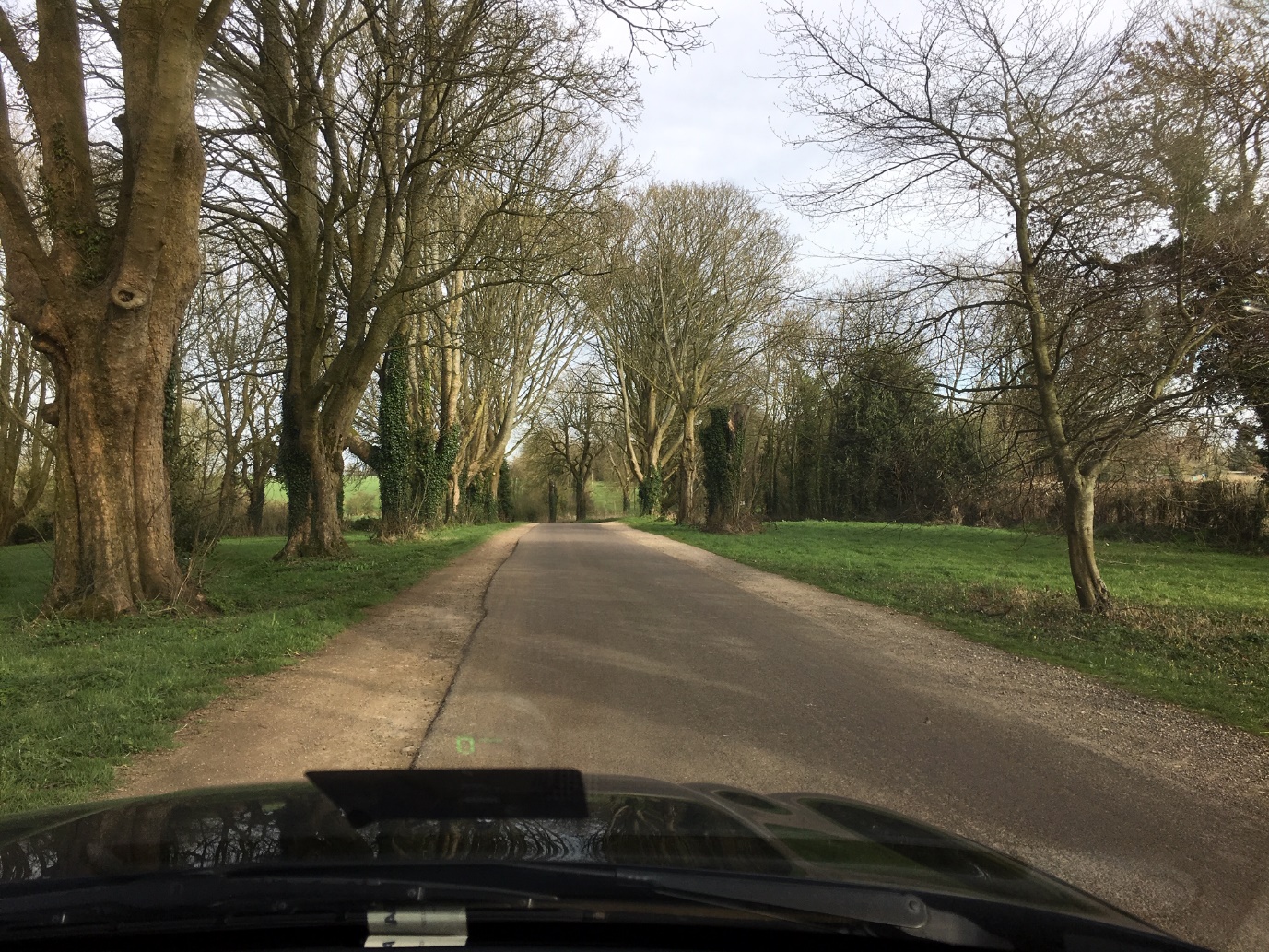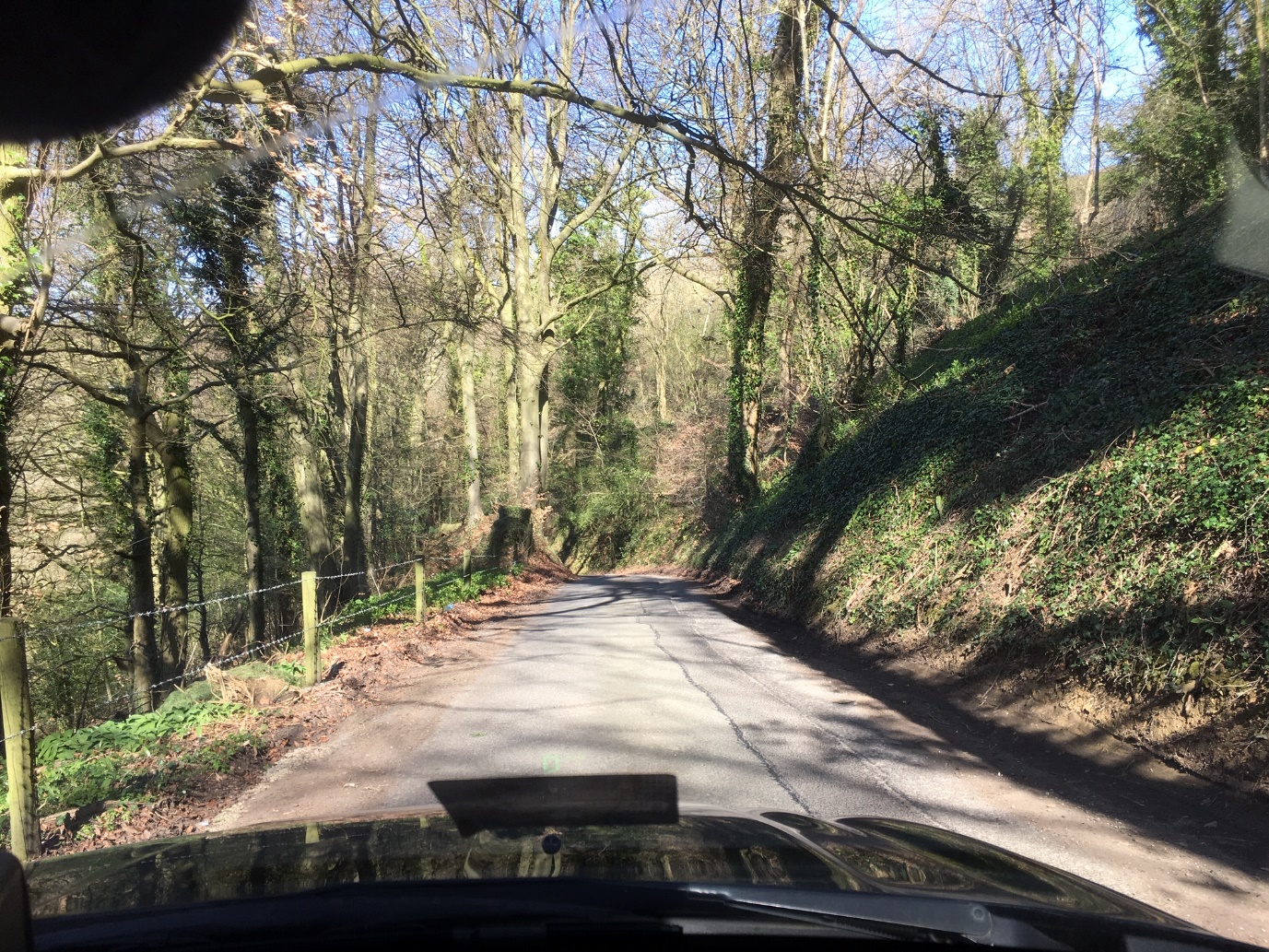Applying Advanced Driving Techniques when Driving in the Countryside
By David Westlake
Despite UK lockdown restrictions in force and fewer vehicles on the road, there has been a rise in reports of poor and dangerous driving, in and around Gloucestershire, involving excessive speed and loss of control.
The predominant speed limit in the countryside is the National Speed Limit, currently set at 60mph or about 90 feet/second, which can be too fast for prevailing conditions when negotiating many bends and corners for example.
The Situation
Consider the situation of an approaching car coming out of a bend towards you at excessive speed and maybe in the middle or on the wrong side of the road.
Core Basic Skill Set
Using the IAM system of car control, based on the Police system detailed in Roadcraft, will allow you to negotiate hazards more effectively and enable you to stop on your own side of the road in the distance you can see to be clear.
Being in the correct position, speed and gear, and when cornering matching the speed of the ‘limit point’, are basic necessities but are they the only techniques we should deploy in order to try and deal with the above terrifying situation?
Additional 'Technical Smarts'
There is much more we can do to try and protect ourselves and deal with the above situation. It starts further back from the approaching bend or corner. First class active observation and hazard awareness skills are now vital, using ‘eyes on main beam’, dynamic wide scanning of all the surroundings including your mirrors and your peripheral vision.
Using your Eyes on "Main Beam"
Consider the following pictures, taken from my Jaguar, on a typical countryside road. The first picture below has been taken on a route I regularly take. I’ve already travelled one and a half miles down a single-track road with passing places, to get to this position which for about 500 metres is the widest part of the route. On this particular section I have experienced a horse throwing off its rider and galloping freely alongside me; a large TV film crew vehicle train, heavy farm vehicles, fast oncoming 4x4’s, parked picnicking cars on the nearside with young children moving freely about. It’s a busy place.

The ongoing ‘eyes on main’ beam assessment needs to find evidence of what might be a hazard. Looking through fleeting gaps in the trees you move forward, always matching your speed with the limit point that is not always advancing at the same pace you are due to perhaps a hidden dip. Therefore throttle back and slow down. Is there any fleeting reflection beyond this point as the road goes out of view? We can see the road goes round to the right dropping down into the hidden dip. We cannot see yet that any oncoming traffic comes downhill towards you as you approach, enter and leave the bend. Peripheral vision provides the early warning you need. First use your mirrors adjusting both your own speed and position. This also allows the oncoming driver to react in time.
What Else Can I Do?
There is a very good action which should be applied in even tougher situations. Consider this far more difficult and potentially dangerous example:-

Here we are on a downslope leading to a narrow bend to the left, with the road steepening downhill all the time. Using your mirrors, immediately take up the correct speed and position, moving into a lower gear to prevent any increase in speed. Again use ‘eyes on main beam’ scanning through fleeting gaps in the trees plus other useful alerts like any sunlight reflections on any vehicle moving towards you. Here is the important action you need to take. I call it ‘the half-distance rule’. Use your mirrors, adjusting your own driving to the potential, real or apparent closing speed and position of both vehicles.
As you continue to approach the bend you slow down the car, by progressive braking on the good road surface coupled with engine braking using the resisting torque from a lower gear. Probably you are now moving further over to the left and maybe rolling over loose gravel or other suspect road surface. As you reach the bend you are able to stop, even on a poor surface in half the distance you can see to be clear.
If you believe you can hear, by for example through a lowered window, or see a car accelerating hard up the hill from the left then you slow down even further so you can stop safely, giving you that safety bubble for the excessive speed and position of the oncoming vehicle. You and your passengers continue to enjoy the countryside with smooth progressive drive for your trip. All it needs is a bit of thought, a little defensive driving and full application of the System of Car Control.
Further Your Skills with IAM RoadSmart
You can apply Advanced Driving techniques to manage and control many driving scenarios to help keep you and other road users safe. You can also take part in IAM RoadSmart On-Road Modules for Driving on Country Roads after the UK Lockdown Restrictions are lifted. In the meantime, you are able to take advantage of the IAM RoadSmart Online Learning Modules for Driving on Rural and Country Roads, so you and your passengers can safely enjoy the countryside.